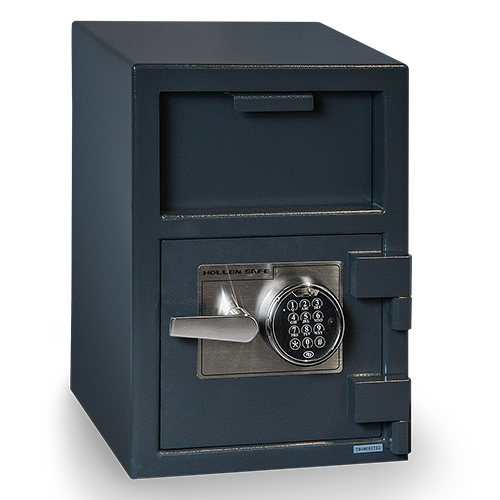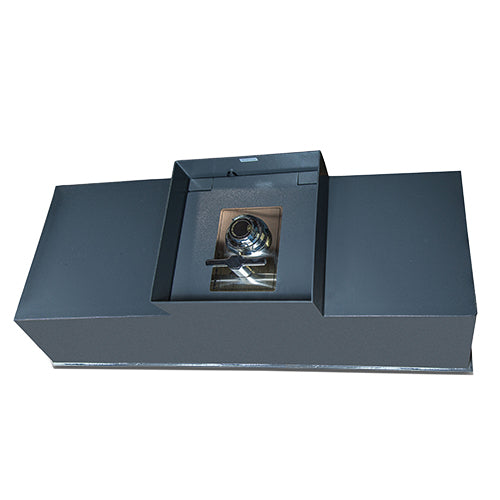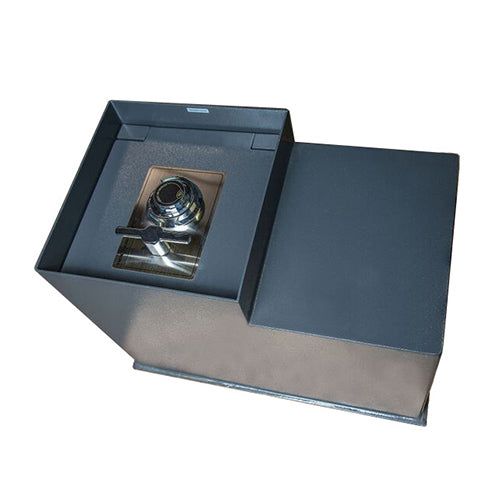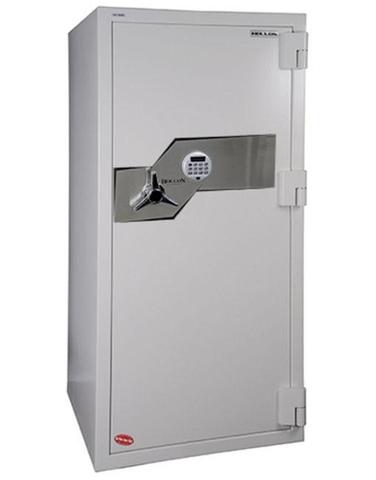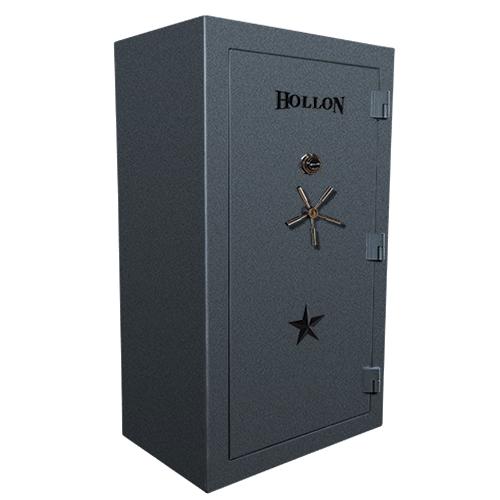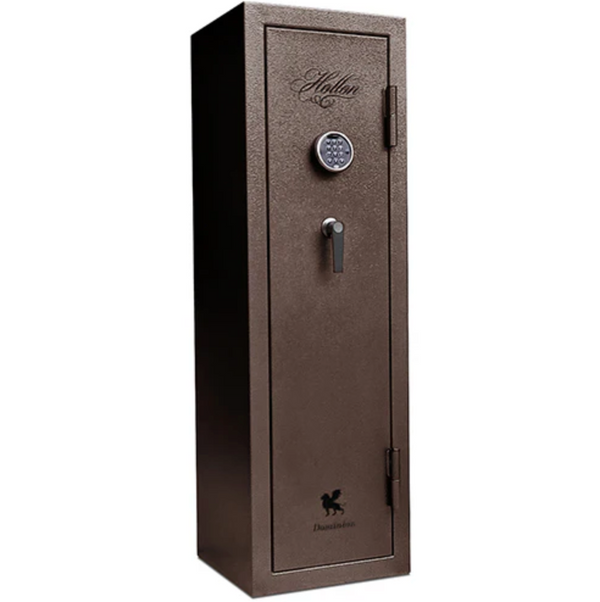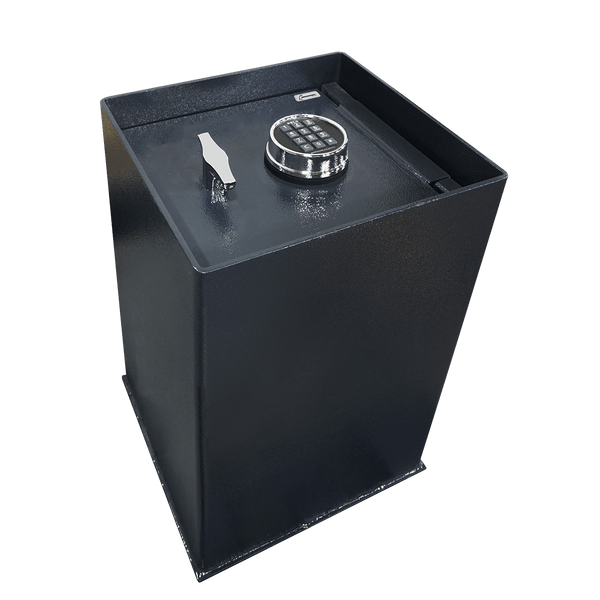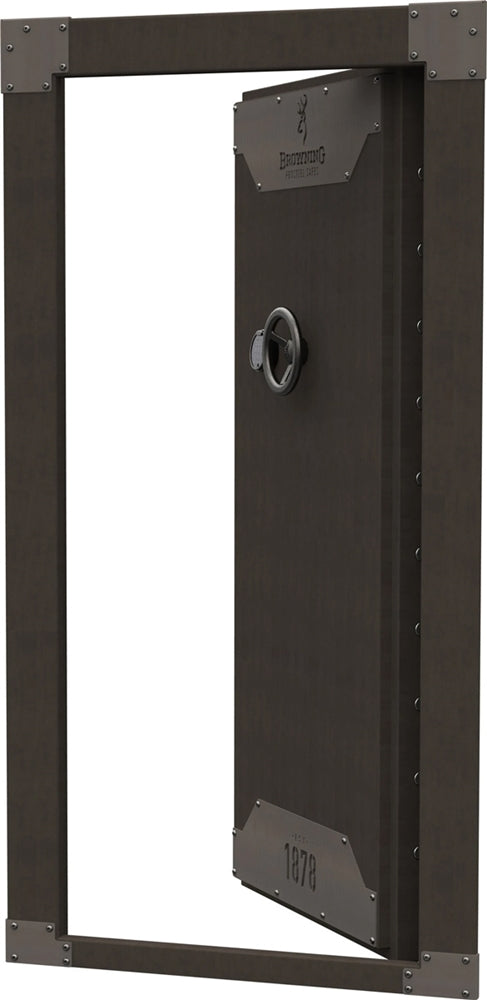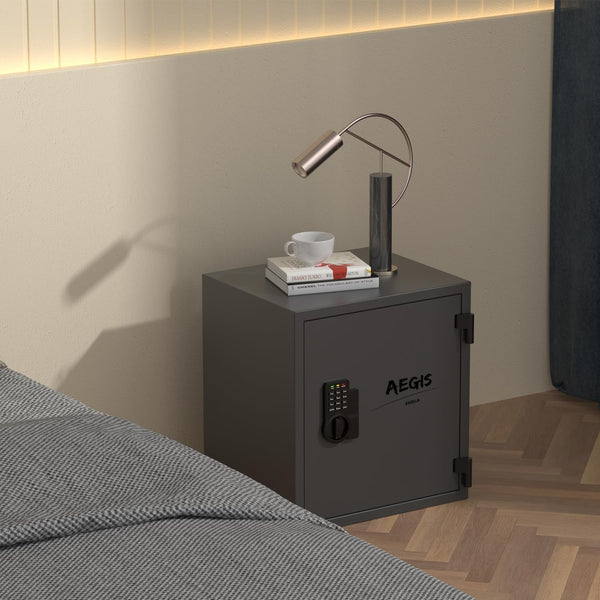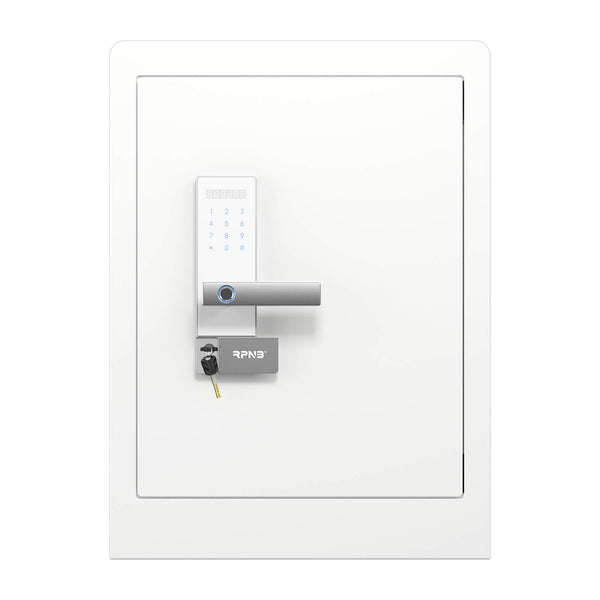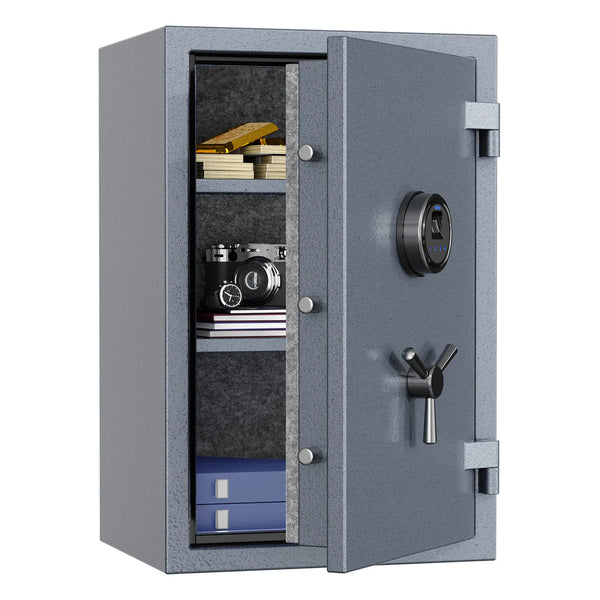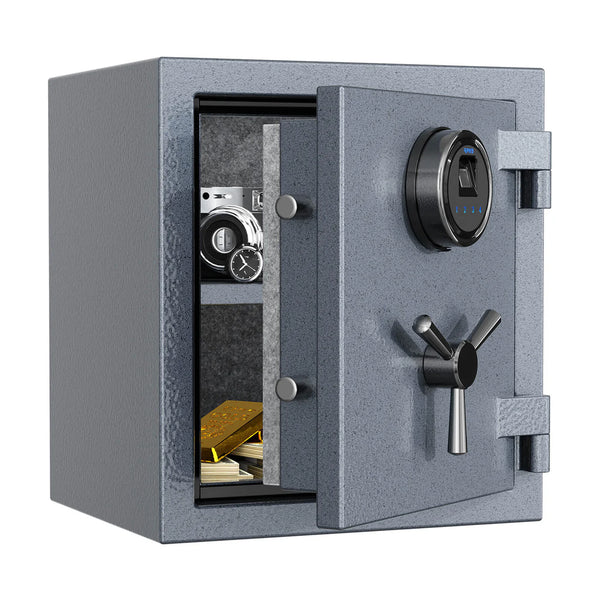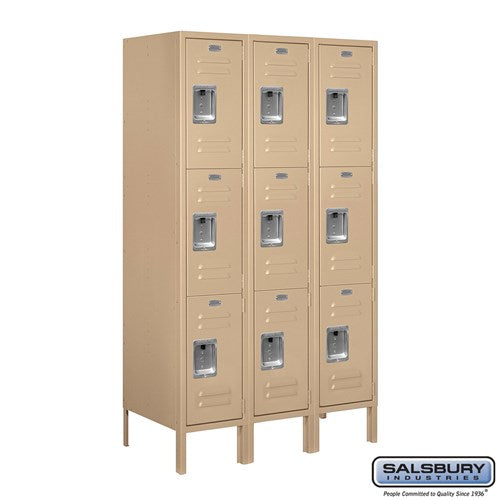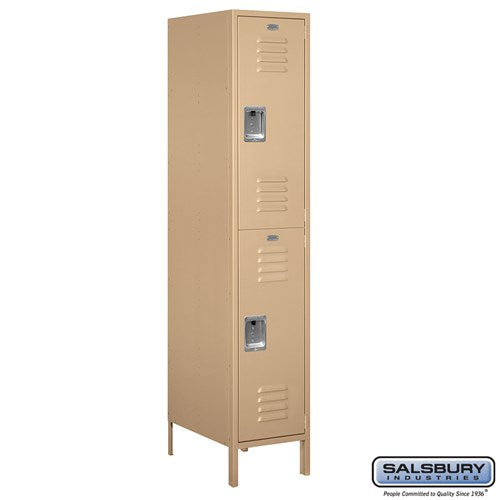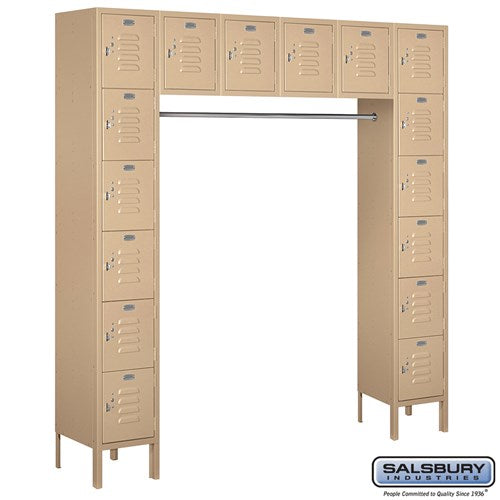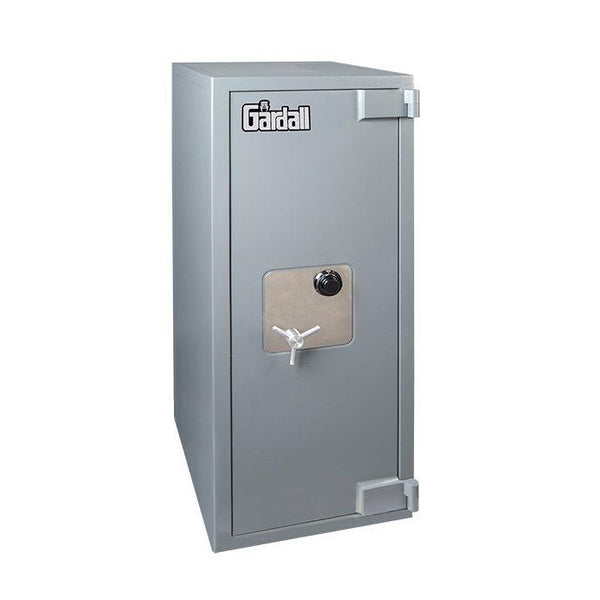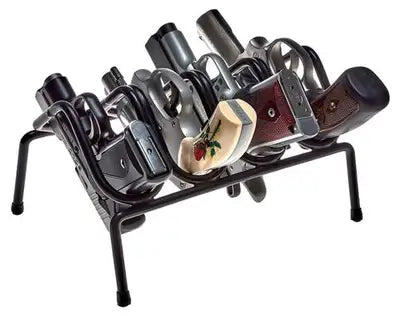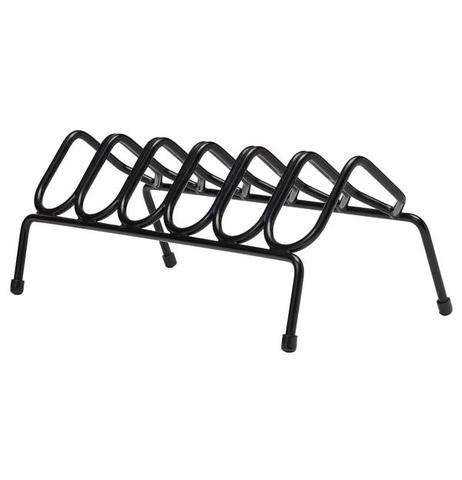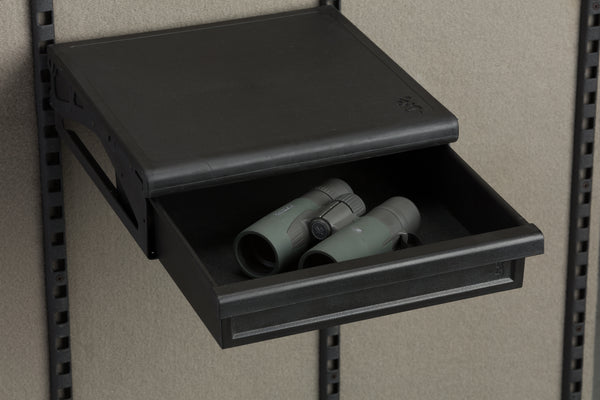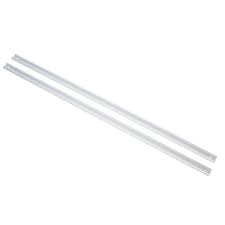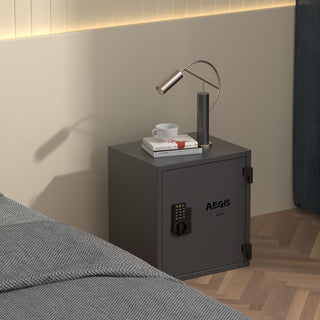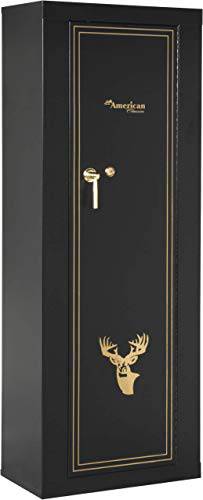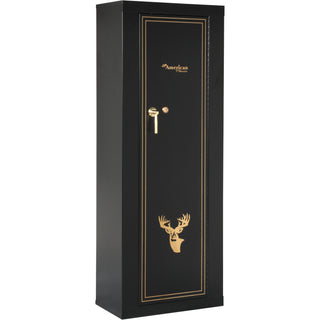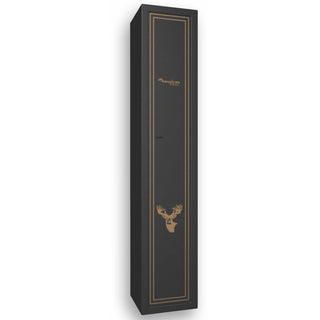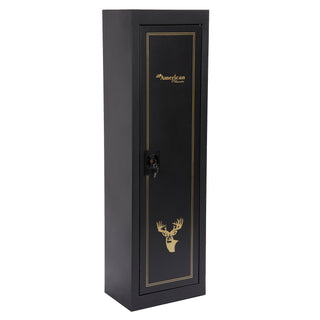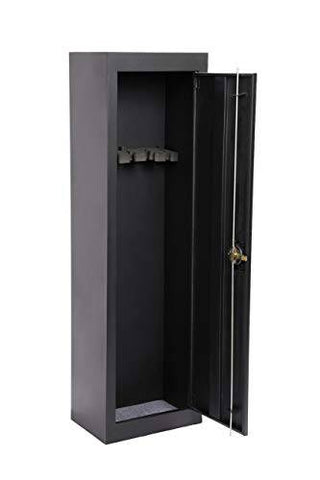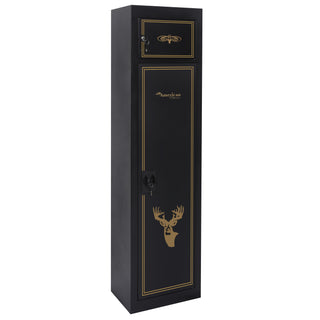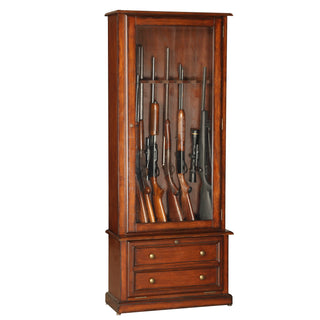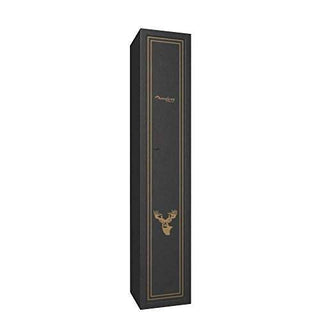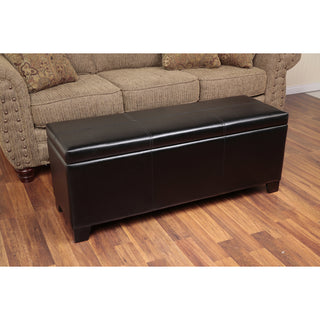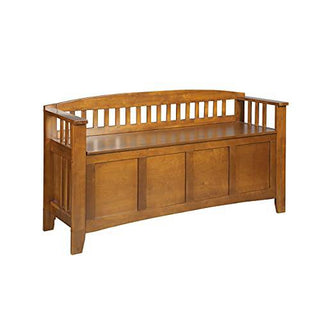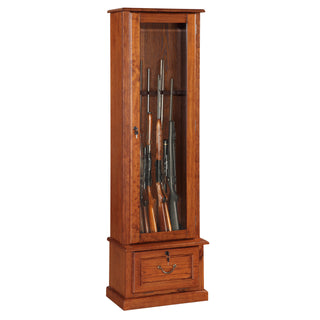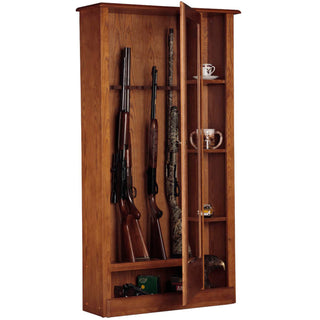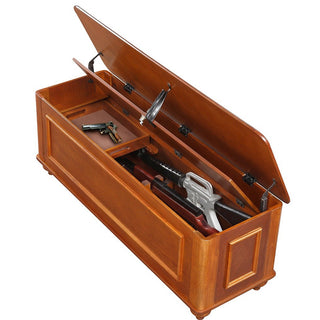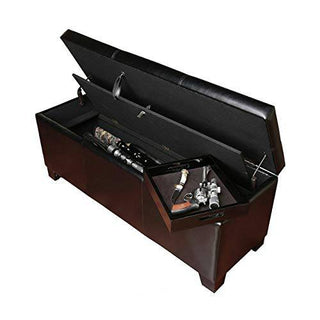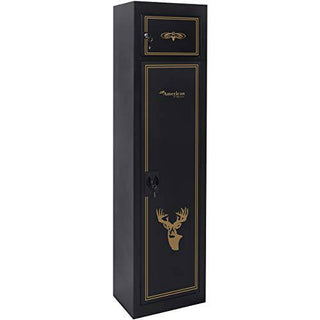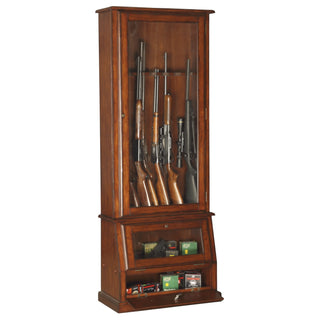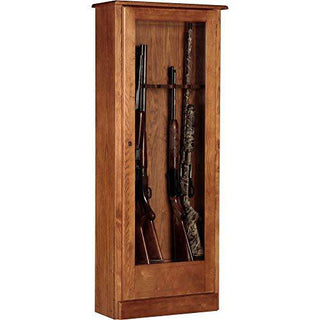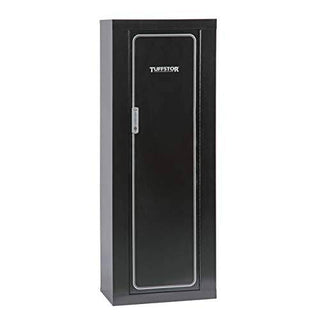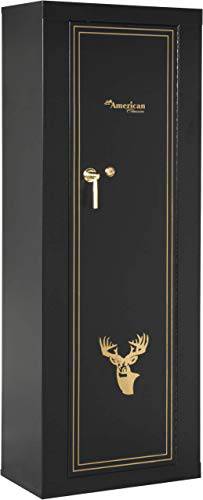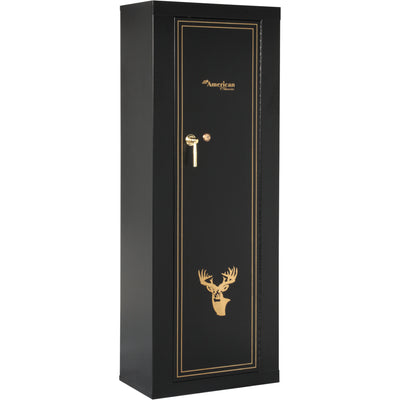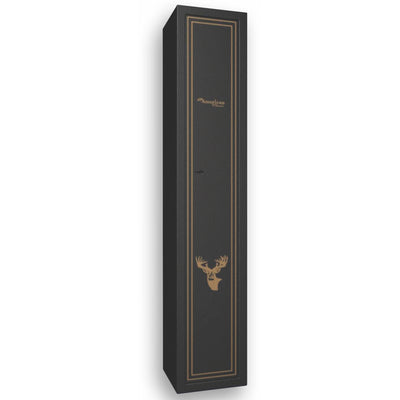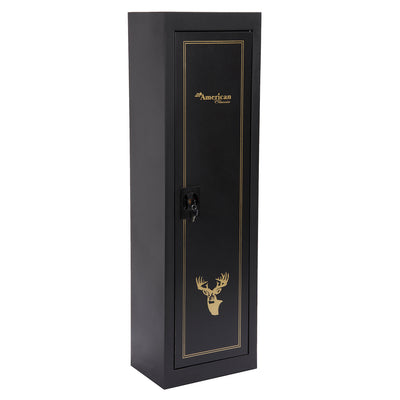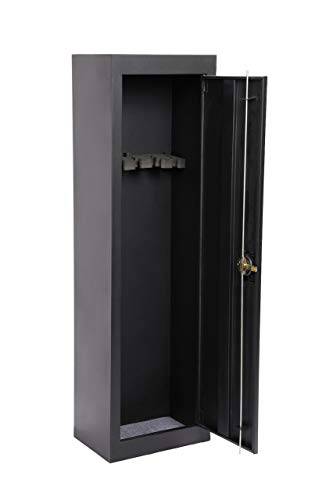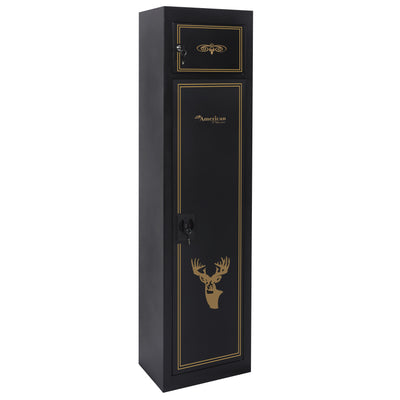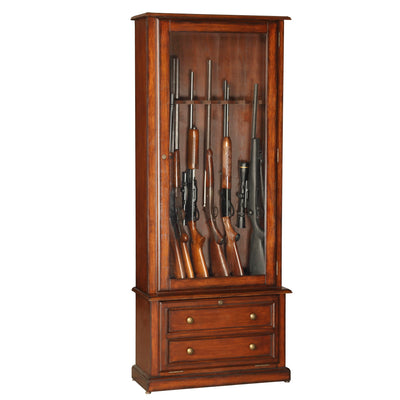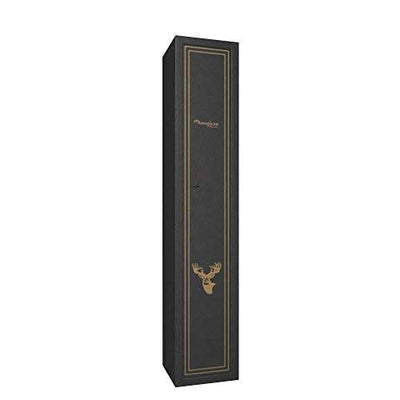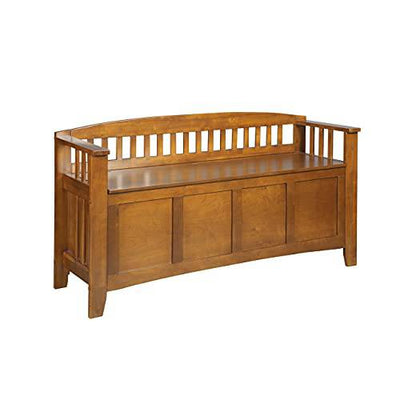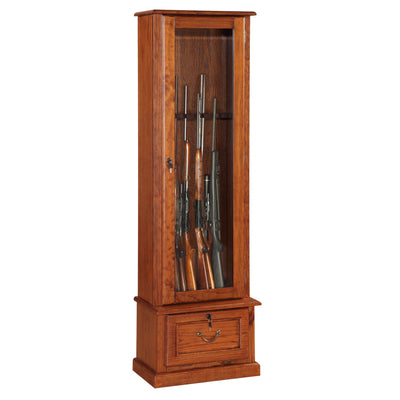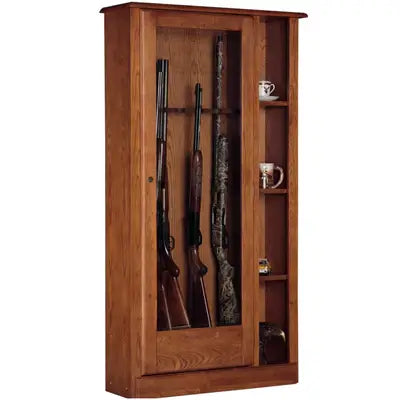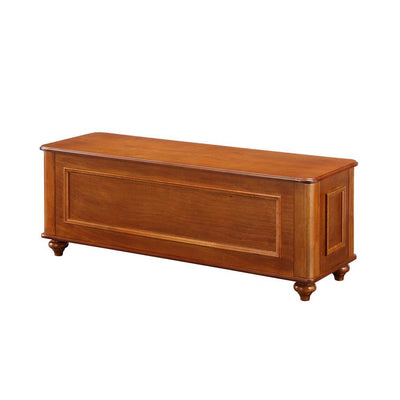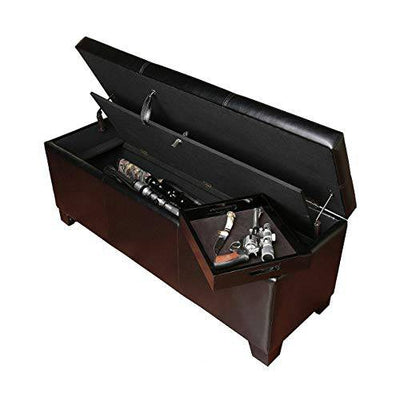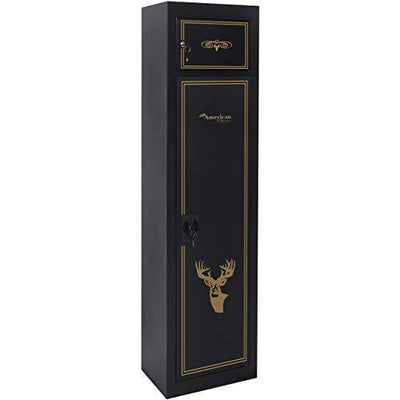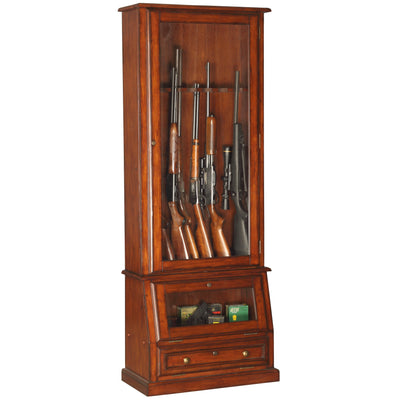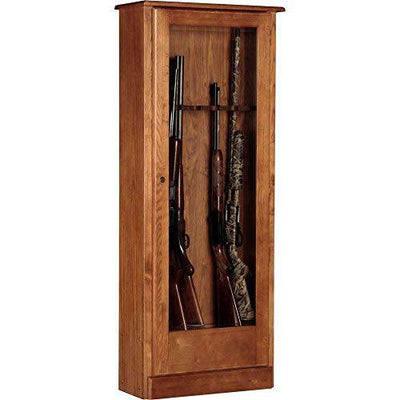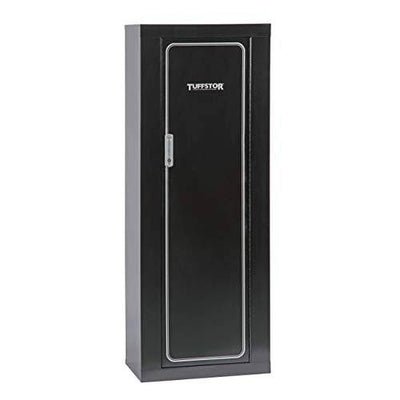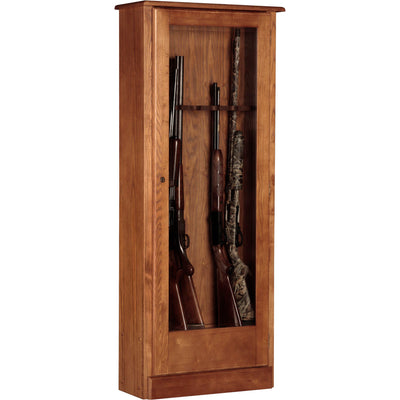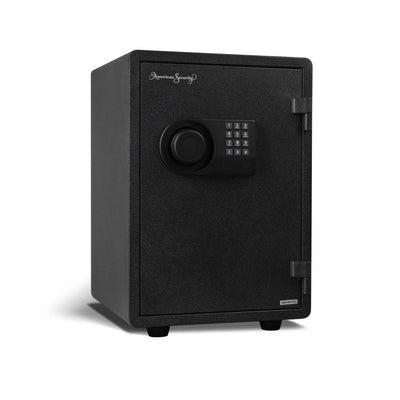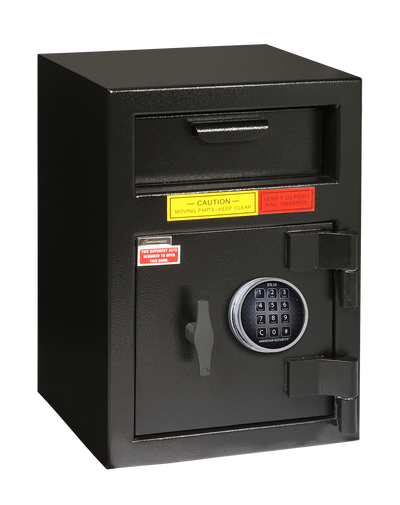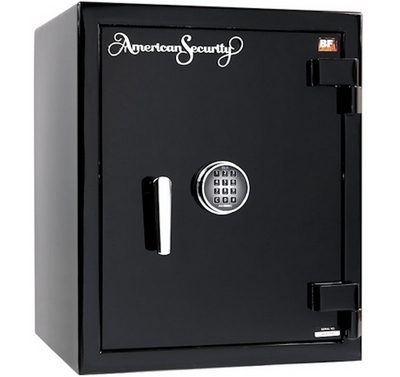
*This post contains affiliate links to products. We may receive a commission for purchases made through these links, but it never influences our product selection process.
Table of Contents
- Introduction
- Types of Safe
- How to Install a Safe
- Best Place for a Home-Safe Installation
- Worst Place to Install a Safe
- Tips and Precautions
- Costs of Wall Safe
- Final Thoughts
Introduction
In the modern world, the importance of security can't be overemphasized. Many homeowners consider installing a safe to protect valuables like birth certificates, important documents, and precious belongings. Safes provide maximum protection against burglaries and safeguard against potential damages from fire or natural disasters.
Types of Safe
Safes come in various designs tailored for house needs and security standards.
In Wall Safe
An in-wall safe is designed to be concealed behind a wall, often hidden from plain sight. Wall safes are mostly installed between two studs in a wall cavity. They offer the advantage of being easily accessible, and when covered with a picture frame or a piece of furniture, they're nearly invisible.
Freestanding Safe
Freestanding safes, often termed gun safes or liberty safes, stand on their own, usually on the ground floor or any other floor of the house. They offer a substantial storage space but are more visible than wall safes.
Floor Safe
Floor safes are designed to be installed beneath the floor, making them more concealed than other safes. Typically encased in concrete floors, they are challenging for burglars to extract and provide added protection against fire and flood if combined with a waterproof container.
How to Install a Safe
The installation process can vary slightly depending on your home's safety and structure. However, most people can handle the installation with some simple tools.
Tools Needed
- Measuring tape
- Marker
- Drill
- Socket set
- Screwdriver
Select Appropriate Bolts/Studs
The appropriate bolts and studs should be chosen depending on the safe type and the floor or wall type. For wall safes installed on an external wall, ensure that the bolts penetrate the two walls deep enough for maximum security.
Cut Opening
For an in-wall safe, once the wall cavity is identified (ideally where two studs are present), use a saw to cut an opening, ensuring you're cautious of any electric wires.

Measure and Mark
With a measuring tape, measure the dimensions of the safe. It's imperative to mark the spots accurately for drilling to ensure a snug fit.
Drill the Holes
Using a drill, create holes in the floor or wall based on the markings. This step is crucial for the stability of the safe installation.
Fit the Safe
Carefully slide the safe into the drilled space. For floor safes, it's essential to ensure the safe door can swing open without obstruction.
Tighten
Using a drill and the provided bolts, fix the safe in its place, ensuring it’s secure.
Underfloor and Wall Safes
The steps above provide a generalized process for installing safes. For underfloor safes, ensure the ground is adequately excavated, and if using a concrete mix, allow it to set before placing the safe. Wall safes, especially those placed on concrete walls, might require specialized tools.
Concrete Floor and Wooden Floor
For concrete floors, the installation can be more intensive. It's crucial to avoid floor joists and be wary of electric wires. Wooden floors require attention to the joists' direction, ensuring the safe sits between them for utmost security.
Best Place for a Home-Safe Installation

Choosing the right location to install a safe significantly enhances the security of your belongings. While many factors can influence this decision, some general principles can guide homeowners in their home-safe installation journey.
Wall
Walls provide an ideal setting for home safes due to their innate concealability. Wall safes, particularly in wall safes, tend to blend seamlessly with their surroundings. Homeowners ensure their valuables remain hidden from prying eyes by choosing a low-traffic area and installing the safe behind a picture frame or furniture.
Furthermore, when a wall safe is positioned where walls meet, especially on an external wall connecting two outside walls, it offers enhanced security against potential break-ins.

Floor
Floor safes benefit from being out of plain sight and are typically more challenging for burglars to remove, particularly if they are embedded within concrete floors.
A safe positioned on the ground level ensures it remains unnoticed and offers the added advantage of resisting potential threats like fire, given that heat rises.
Basement
The basement offers a secure place, especially for large safes like gun safes or freestanding safes.
Being on the ground, they're harder to move and offer more protection from natural disasters. However, in flood areas, ensure your safe offers water resistance.
Attic
Attics can be a clever location to install a safe, especially if it's rarely visited. Like the basement, the attic is ideal for home safes requiring larger storage space.
Additionally, it might provide the advantage of being away from the most significant threat of water damage.
Worst Place to Install a Safe
While installing a safe is crucial for security, placing it in an easily predictable location can negate its benefits. A poorly placed safe not only invites thieves but can also expose your valuables to unexpected risks.
Master Bedroom
Although many choose the master bedroom for convenience, it's often the first place burglars check. Most thieves know that homeowners hide their valuables in areas that are easily accessible to them, making the master bedroom a predictable choice.
Garage
The garage, while spacious, is not the most secure part of the house. With frequent door openings and sometimes weaker security, safes, especially smaller ones, can be quickly identified and taken.
Staircase
Staircases, particularly those in the central part of the home, attract attention. Installing a safe in such conspicuous places can jeopardize the safety of your precious belongings.
Under the Bed
Like the master bedroom, the space under the bed is a common, predictable location. While it might seem concealed, it's one of the first places burglars might inspect.
Kitchen
The kitchen, bustling with activity, might seem like an unlikely place for a safe. However, it's this very activity that can lead to accidental discoveries. Moreover, with varying temperatures and potential water leaks, it might not be the best environment to protect valuables.
Tips and Precautions

The location is vital, but other factors determine the effectiveness of your home safe.
Fixed to Sturdy Building
Ensuring the safe is firmly attached to a stable part of the building is crucial. Whether it’s a wall or floor, anchoring your safe to a strong foundation guarantees maximum protection.
Hide from Plain Sight
Out of sight, out of mind. The harder it is to find your safe, the safer your belongings will be. Be creative. Use furniture or decorative items to camouflage your safe's location.
Be Careful with Pipes
When installing safes, particularly under the floor, ensure you're clear of any piping. An accidental puncture can lead to leaks, damaging your valuables inside.
Fire Resistance for Safe
Consider fire-resistant safes or fireproof safes. These safes, with specific fire ratings, can withstand high temperatures, ensuring the safety of your items in case of a fire.
Check Theft Resistance
Safes come with varied security ratings. B1, B2, etc., ratings indicate how theft-resistant a safe is. Choose an appropriate rating depending on your requirements and the valuables you intend to store.
Type of Lock
From traditional key locks to biometric systems, the locking mechanism is pivotal in a safe's security. Biometric safes offer quick access, while combination locks provide tried-and-tested protection.
Size
Before installation, determine the size of the safe you need. While a large safe might offer more space, a small safe could be easier to conceal.
Humidity
Moisture can be detrimental to items like documents. Ensure your safe is in a dry location, or consider getting dehumidifying packets.
Cover them with Clever Furniture.
Using furniture as camouflage is a strategic move in ensuring the security of your safe. A well-placed bookshelf, cabinet, or wardrobe can effectively conceal a safe, making it almost impossible for anyone to suspect its presence.
In addition to providing an added layer of discretion, furniture can offer homeowners easy access when required. Homeowners can further enhance the disguise by ensuring that the furniture is not hiding something, such as by keeping it functional and in line with the room's decor.
Costs of Wall Safe
The costs of wall safes can vary significantly based on their features, brand, size, and specific uses. For instance, freestanding safes typically range from $150 to $2000, depending on size and features. Gun safes are more specialized, with costs spanning from $500 for basic models to upwards of $2000 for high-end safes with advanced locking mechanisms and fireproofing. Depository safes often start at around $150 and can go up to $1000.
Fireproof safes, specifically designed to withstand high temperatures, generally cost between $50 for small chests and over $2000 for larger models. Biometric safes, which utilize unique biological features such as fingerprints for access, can range from $100 to $500.
Wall safes can be priced anywhere from $60 for the simplest designs to over $ 1,000 for high-security options. Finally, floor safes, embedded into a house's floor, can start at $100 and go beyond $1500 for top-tier models.
It's essential to note that while the initial cost is significant, the value of the items you're safeguarding and the peace of mind the safe provides often justify the expense.
Final Thoughts
Ensuring the security of your most treasured belongings is a priority for many homeowners. Investing in a safe is a practical step towards achieving this goal. However, the effectiveness of this security measure depends heavily on the safe you choose and its placement within your home.
Whether concealed behind furniture, embedded in a wall, or anchored to the floor, the right safe in the right place can make all the difference.
When considering costs, remember that while some safes may seem expensive, the protection they offer for priceless heirlooms, essential documents, or invaluable memories is well worth the investment. Prioritize your needs, do your research, and choose wisely.









